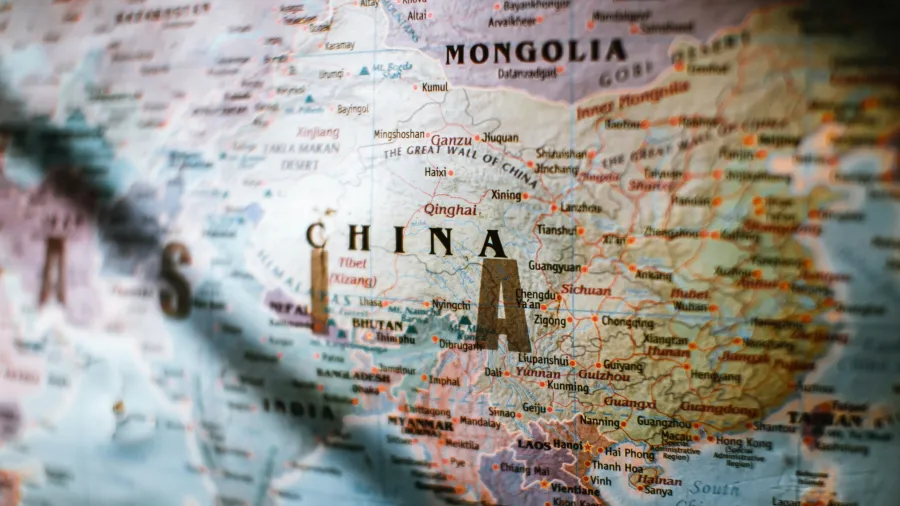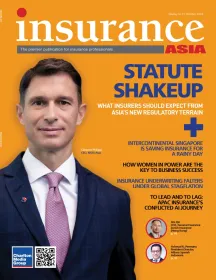
China’s insurers to take a hit from elevated risk in trust sector: Fitch Ratings
Risk could affect more financial entities if China's economic recovery slows down and the property sector's distress persists.
China’s insurers are also exposed to trust products, with non-standard fixed-income assets constituting 6% to 44% of Fitch-rated Chinese insurers' invested assets, according to Fitch Ratings.
The recent credit event at Zhongrong International Trust highlights the continued elevated risk faced by China's trust sector, despite its efforts to reduce direct exposure to real estate in recent years.
This risk could escalate further and impact more financial entities if China's economic recovery slows down and the property sector's distress persists.
Fitch imposes higher capital charges on non-standard assets when assessing insurers' capital adequacy, considering the opacity of underlying assets.
In summary, the risks associated with China's trust sector remain significant, affecting various financial entities across different segments, including banks and insurers.
Chinese trust companies offer investment products to qualified investors, using the funds to invest in financial assets or lend to property developers, project companies, and local government financing vehicles.
ALSO READ: Insurers in Taiwan to face increased capital pressure: Fitch Ratings
Zhongrong International Trust reportedly missed payments on several investment products.
Although stricter regulations have led to a decline in total capital trust assets and direct real estate exposure, bond investments have significantly increased since 2019, exposing trust companies to potential impairment risks on their bond holdings.
As of the first quarter of 2023, around 7.4% of capital trust products' underlying assets were invested directly in real estate, and 23.4% in debt securities. About $14.6b of capital trust products with direct real estate exposure are expected to mature between August and December 2023.
Other underlying assets include exposure to various sectors like corporations, financial institutions, and infrastructure, with potential indirect links to the property sector and local government financing vehicles.



















 Advertise
Advertise


